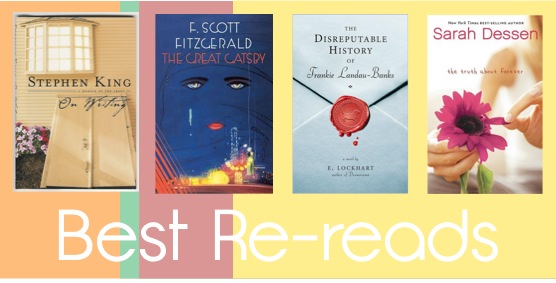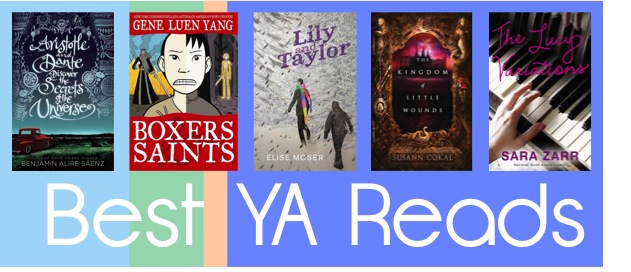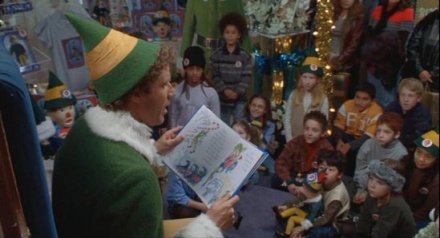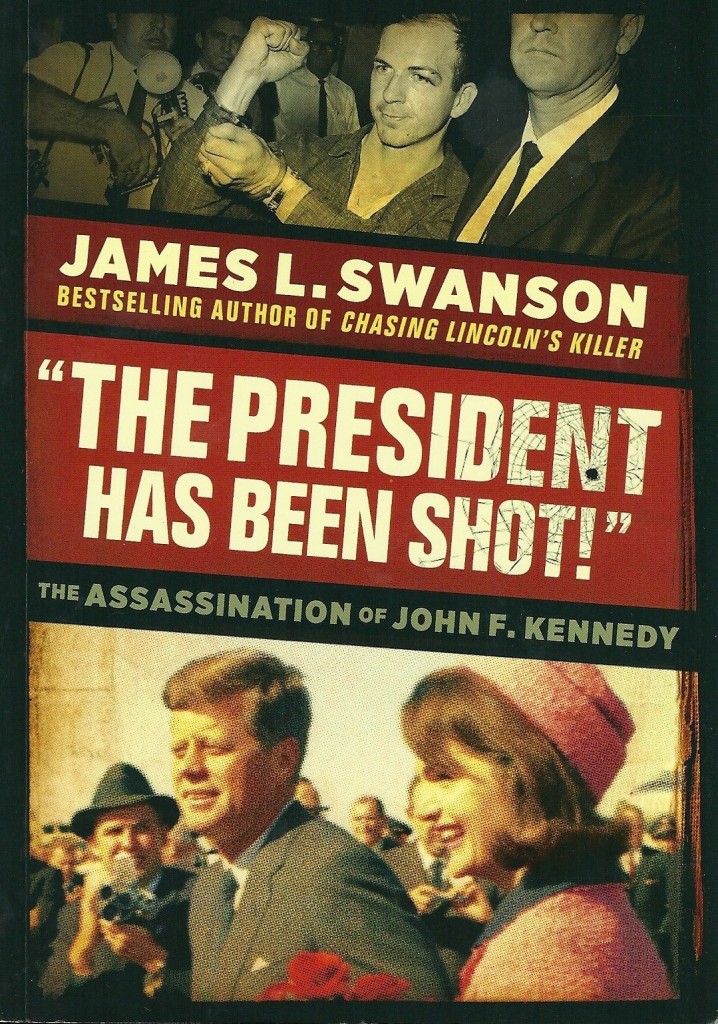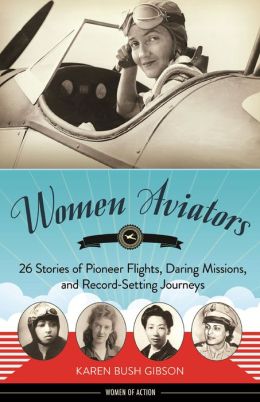
This is probably not the first time you’ve seen Rainbow Rowell’s name on an end-of-year book list. And if you make it through the end of my personal BookBlogMadness this month, it won’t be the last. A warning. Not an apology. Reading Eleanor & Park was an intro, albeit a sort of heart-squeezing painful intro. Fangirl was just candy-coated, self-indulgent bliss reading. Attachments – Rowell’s 2011 debut – is adult fiction, light romantic fare. Not what I usually bother reading when I read adult fic. However, Rowell’s storytelling talent is even more evident here, without all of the This-Is-All-Of-Your-Unique-Anxieties-and-Pain-on-The-Page-Yes-Jessica-Yours stuff all over the place. Attachments is a romance with a male lead. Lincoln is an underachiever, working the IT night shift at a newspaper in 1999. His primary responsibility is administering the building’s new email surveillance software – including reading the flagged emails. Two of the female employees sent recklessly personal correspondences, many of which land in Lincoln’s lap, and he falls in love with one of them. Lincoln is about as endearing and swoon-worthy as any male romantic lead may be, but unlike most romantic heroes, Lincoln’s appeal is not based in broad masculine strokes, in macho posturing, confidence, swagger. (Or millions of dollars, or designer suits, or sexual bravado) Lincoln isn’t alluring because of he withholds his emotions, but because he is so vulnerable and adrift. Rowell flips almost every convention of the romance here… but somehow still ends up writing a satisfying romance. How does that even make sense. And this is why her name is plastered all over every End of Year list ever – the girl’s got chops.
If I was to make some sweeping statements about my life, my perspective, and my interests, I would have to say I am probably unusually interested in girlhood. I will skip the self-psychoanalysis as to why this is true, but it is where my interests lie. I picked up Caitlin Moran’s How to Be a Woman on the merits of Internet Book Buzz and because I consider myself to be a feminist. I was surprised to discover, as I read, that Moran frames her essay collection around her own girlhood; how she discovered what womanhood meant to her and the rest of the Western society, for good or for bad. From one angle, this is a memoir that begins with puberty and ends with babies. A reproductive years memoir. Moran then weaves feminist theory, history, and political discussion into each essay, letting the memoir and the feminist ideas play off of each other. It’s one thing to talk about girlhood and feminism in the abstract and another thing to live your life as a girl and a woman. Moran marries the two brilliantly.
Oh, and did I mention Moran is rip-roaringly hilarious? Yeah. Listened to this one on audio and definitely had some of those Laugh Out Loud Into The Abyss In Public moments. Are we all sufficiently iPodded and iPhoned now that I can stop being embarrassed when this happens?
So… I realize that my adult fic reading is not exactly thorough. Proportionally, I just haven’t read enough contemporary (or classic…) adult fic to be a truly useful critic. Instead, I read an occasional adult fic novel in between YA/children’s lit reads. Usually I choose those adult reads based on some kind of critical/popular/social thrust. What I’m trying to say is, sometimes my adult End of Year lists are retreads of the previous year’s End of Year Lists. Because that is where I get my reading suggestions. That’s just the way it is, I’m afraid. Don’t come here if you are looking for a Fresh New Adult Read. Or a Fresh New Anything, really. NOW THAT I HAVE THAT OUT OF THE WAY, let me tell you about Jess Walter’s lovely novel Beautiful Ruins. Claire is a cynical script-reading peon in Hollywood, trying to decide if she should quit her dead-end job or her dead-end boyfriend. Pasquale is a buoyant young man who spends his days transforming his family’s decrepit hotel into a tourist destination until a dying starlet checks in and he falls in love. Pasquale lives in a coastal Italian village in 1963. Claire lives in modern-day LA. Walter weaves these disparate stories together effortlessly, characters and events overlapping until the stories come together and become one. There really is a lot to enjoy here – lush settings, lots of humor, even Richard Burton. I personally enjoyed how Walter balances Pasquale’s dramatic, cinematic storyline with the more mundane lives of the younger modern-day characters – was life and love (and film) just more grandiose in Pasquale’s day? Or are Claire and other characters in her generation just jaded? Such a very thoughtful book, wrapped up in a very pretty, very readable package.
This is not a book that is easy to talk about, but one that is easy to think about. As in, when I am trying to think about other things, Ms. Brown’s simple wisdoms suddenly appear in my brain. Brown is a social worker who specializes in shame research. Now, she is somewhat of a pop-psychology figurehead – I think she does stuff with Oprah – but I’ve been reading her blog since back in the day. Her writing is very easy to read, very personal, and very smart. But what she writes about – shame, vulnerability, and fear – is not easy. It’s stuff that makes my skin crawl, to be honest. Buuuuut, I think Brown would agree with me – that’s why shame is so pervasive and awful and important to unpack. It’s not easy to read about or talk about or acknowledge, but it is probably part of why you are miserable. Whatever your breed of misery may be. Daring Greatly changed the way I look at myself and think about myself and treat myself. If this vague summary hasn’t given you a clear idea of what this book is about, you might forgive me and watch Brown’s TED Talk instead.
And now for something completely different! And then, not different at all if you were reading 2012’s End of Year Books List. Ahem. However, if you are one of the two people on the planet who have not yet read Where’d You Go, Bernadette, I urge you to. I believe it was Janssen who posed the question awhile back of what exactly was so exceptional about this book. Why everyone went nuts about it. The answer I settled on was simple – in a literary world where books are constantly asking you to watch characters grow, to make moral assessments on characters’ choices, to feel hard feelings… a straight up comedy is a welcome respite. A sharp comedy with a plot that will keep you on your toes is another thing entirely. Bernadette – an angry mom living in a creepy mansion in Seattle – is the focus of the story, but for the most part, the story is told through the eyes of others. Her precocious daughter Bee writes some kind of diary. Emails fly between Bernadette’s software guru husband and his doting secretary. Bee’s school principal and the local PTA moms send missives to one another. Everyone paints a slightly different portrait of Bernadette – she’s a misanthrope who hates Seattle, a reclusive artist, a person in need of mental health care. And then Bernadette disappears, and the chase begins. Every perspective and every chapter shifts your perception of Bernadette and the other odd-balls who populate her world. Basically, it’s an epistolary novel that puts its epistolarity to best effect.
Up next… Books for the Young Adults
